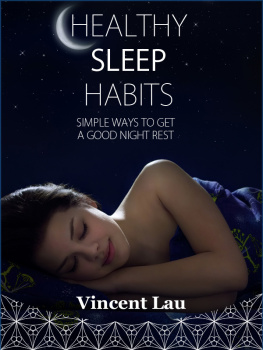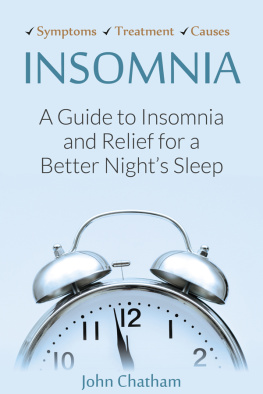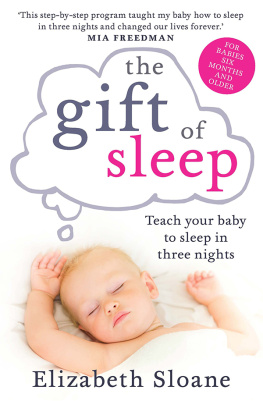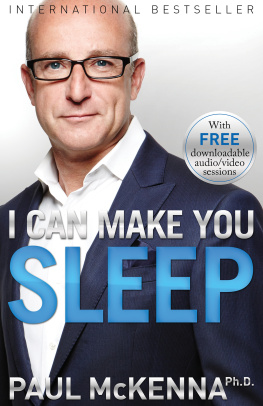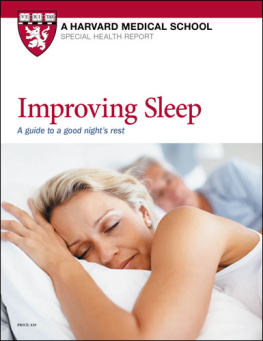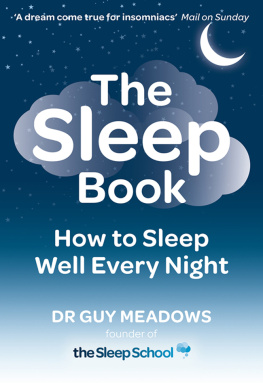Contents
Guide

Adams Media
An Imprint of Simon & Schuster, Inc.
57 Littlefield Street
Avon, Massachusetts 02322
www.SimonandSchuster.com
Copyright 2019 by Simon & Schuster, Inc.
All rights reserved, including the right to reproduce this book or portions thereof in any form whatsoever. For information address Adams Media Subsidiary Rights Department, 1230 Avenue of the Americas, New York, NY 10020.
First Adams Media trade paperback edition May 2019
ADAMS MEDIA and colophon are trademarks of Simon & Schuster.
For information about special discounts for bulk purchases, please contact Simon & Schuster Special Sales at 1-866-506-1949 or .
The Simon & Schuster Speakers Bureau can bring authors to your live event. For more information or to book an event contact the Simon & Schuster Speakers Bureau at 1-866-248-3049 or visit our website at www.simonspeakers.com.
Interior design by Colleen Cunningham
Cover design by Erin Alex Ander
Author photo by Lindsey Joe
Cover images 123RF; Getty Images
Library of Congress Cataloging-in-Publication Data
Names: Meyer, Karman, author.
Title: Eat to sleep / Karman Meyer, RD, LDN.
Description: Avon, Massachusetts: Adams Media, 2019.
Includes bibliographical references.
Identifiers: LCCN 2018061010 | ISBN 9781507210284 (pb) | ISBN 9781507210291 (ebook)
Subjects: LCSH: Sleep. | Sleep disorders--Nutritional aspects. | Insomnia--Prevention. | BISAC: HEALTH & FITNESS / Sleep & Sleep Disorders. | COOKING / Health & Healing / General. | HEALTH & FITNESS / Alternative Therapies.
Classification: LCC RA786 .M49 2019 | DDC 613.7/94--dc23
LC record available at https://lccn.loc.gov/2018061010
ISBN 978-1-5072-1028-4
ISBN 978-1-5072-1029-1 (ebook)
Many of the designations used by manufacturers and sellers to distinguish their products are claimed as trademarks. Where those designations appear in this book and Simon & Schuster, Inc., was aware of a trademark claim, the designations have been printed with initial capital letters.
This book is intended as general information only, and should not be used to diagnose or treat any health condition. In light of the complex, individual, and specific nature of health problems, this book is not intended to replace professional medical advice. The ideas, procedures, and suggestions in this book are intended to supplement, not replace, the advice of a trained medical professional. Consult your physician before adopting any of the suggestions in this book, as well as about any condition that may require diagnosis or medical attention. The author and publisher disclaim any liability arising directly or indirectly from the use of this book.
Always follow safety and commonsense cooking protocols while using kitchen utensils, operating ovens and stoves, and handling uncooked food. If children are assisting in the preparation of any recipe, they should always be supervised by an adult.
This book is dedicated to those who are tired of feeling tired.
Introduction
We eat to sustain life, for growth and development, for nourishment, to socialize and share meals with others, in celebration, and sometimes just for pure pleasure. But have you ever thought, Im going to eat this so I can sleep well tonight? Or on the flip side of that, I better not eat/drink this because Ill never get to sleep if I do? What you eat and when you eat it can play a big role in whether a peaceful night of sleep lies ahead.
Eat to Sleep can guide you back to a better, more restful sleep through your food choices. Inside youll find detailed descriptions of the best foods for sleep and information about how your nutritional choices impact the quality of your sleep. Youll discover how to ease your body into a better sleep using everyday foods like:
Almonds
Avocados
Brown rice
Cherries
Oatmeal
Salmon
Sweet potatoes
and so many more!
Youll also find action plans and a Food and Sleep Log to help you choose what changes will work best with your lifestyle. Theres no one best plan that will work for everyone, but there are plenty of practical tips and strategies included in these pages that can be incorporated into almost anyones daily routine. There are also twenty-five recipes to get you started on eating for better sleep!
This book will not only help you return to consistently great sleep and restore your natural circadian rhythm; it will also give you an appreciation for and deeper knowledge of how and why food impacts the sleep cycle. So if youre ready to see how healthful eating and delicious foods can get you back on track to sleeping soundly, read on!
PART 1
Making the Connection: How You Sleep and What You Eat
CHAPTER 1
Sleep Basics and the Food-Sleep Relationship
Chances are that if youve picked up this book, you already understand the importance of a good nights sleep, have experienced what its like to be without it, and are ready to restore yourself to a quality sleep routine. Whether you struggle with the occasional night of insomnia or have been missing out on quality sleep for years, this book will guide you back to better sleep through food. The foods you choose to eat and at what time during your day you choose to eat them greatly impacts your sleep cycle. By making sleep-wise food choices during the dayand especially in the hours before bedyou can restore your natural circadian rhythm and return to a better sleep. Because the fact is: good nutrition equals good sleep!
Sleep Basics
You spend about one-third of your life sleeping, so its important to make the most of that time! Sleep, despite being a state where you arent doing much moving, is a very active, restorative process. Important building and repair of tissues occurs while youre asleep, and memory consolidation happens when you get quality sleep. Memory consolidation is essential for learning new information and being able to recall it when awake.
Its recommended that adults get 78 hours of sleep each night for optimal health. Short sleep duration is considered to be 7 hours or fewer in a 24-hour period, according to the Centers for Disease Control and Prevention, and currently about a third of Americans get fewer than 7 hours of sleep each night. It seems to be a cruel joke that as kids we can sleep whenever and wherever, but as we age and our days become more hectic, the struggle to fall asleep and stay asleep becomes all too common.
The Stages of Sleep
There are five stages of sleep, each categorized based on brain-wave frequencies and biological rhythms that occur. There are REM (rapid eye movement) and non-REM phases of sleep. Stages 13 are non-REM phases that are followed by REM stages 45, during which dreaming typically occurs. REM stages are usually shorter, and once they happen, the sleep cycle starts over again.
Stage 1: This is the lightest stage of sleep. Brain-wave frequencies are only slightly slower than when the person is awake, and breathing is at a normal rate.
Stage 2: This is a deeper level of sleep with sawtooth brain waves on the electroencephalogram, and the sleeping individual is more difficult to wake.


